Everything You Need To Know About Ailerons
Pilot Institute
FEBRUARY 20, 2025
Adverse yaw is a side effect of aileron use, countered by rudder input. Unlike the elevators and rudder mounted close to the fuselage, the ailerons location at the end of the long, thin, and flexible wings makes them much more prone to flutter. This is where the rudder comes in. What Is an Aileron?





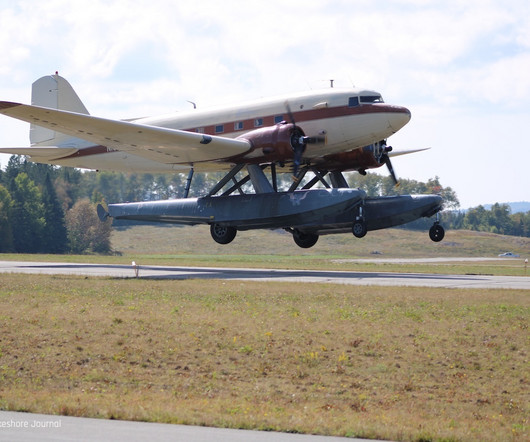
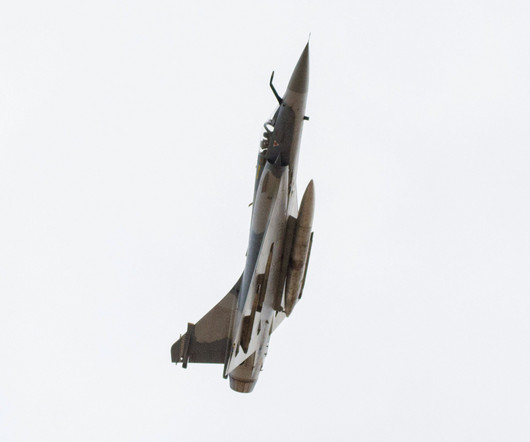


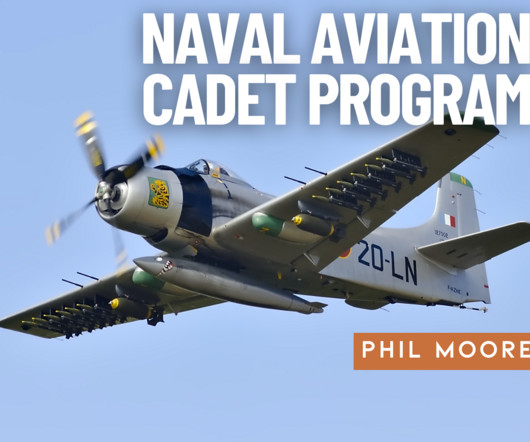

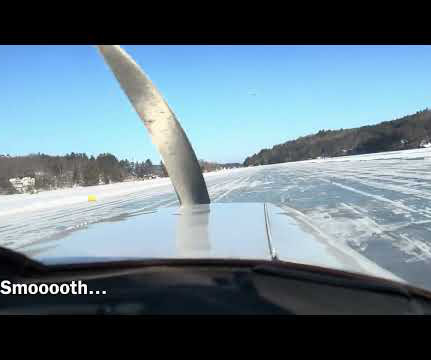
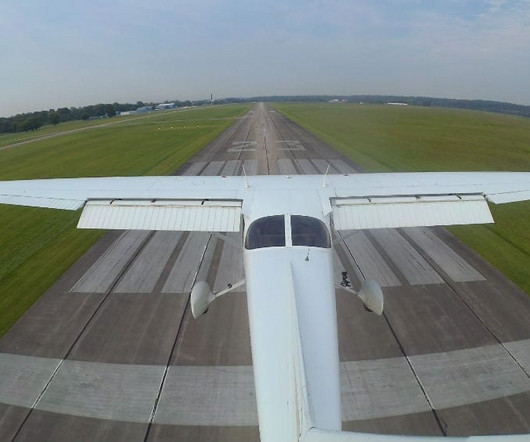






Let's personalize your content